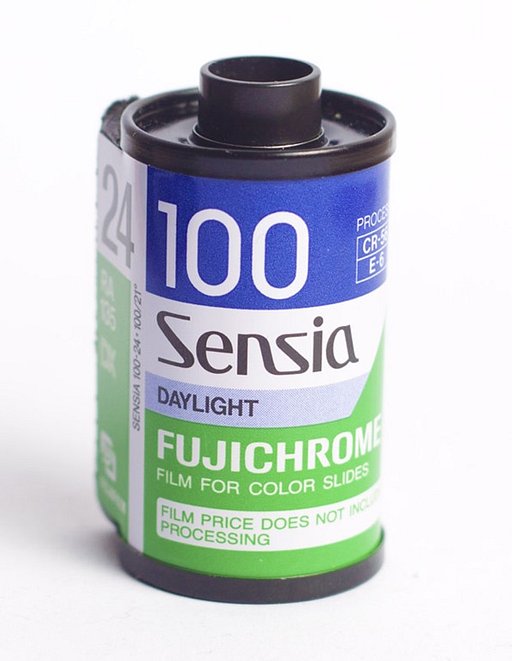Processing a Kodachrome 64 In B&W
13 30 Share TweetProcessing a Kodachrome 64 film as we all know is a very unique process (K-14). The production of this film stopped in 2010 but why stop at color processing when we can do it in black and white?
Last July, I found a nice camera on a flea market in Munich. It was a Revue 35CC (it's the same with the Chinon Bellami) and I opened the back but closed it again quickly as I noticed that there was still film inside. I had just enough time to see that it was a Kodachrome 64! My first reaction was just “Wow!” I love discovering old cameras with films still inside. It gives so much mystery to the camera and the photos that they contain.

So I was pretty excited about the idea to have some Kodachrome inside the camera. But then I asked myself how I could get some pictures out of the film. I looked around on the internet and found various tips about how Kodachrome can be processed and whether it can still be done with b&w chemicals. Well, I found out it's not the same thing with the legendary magic color processing of Kodachrome slides but I guess it's ok if I can get some good B&W pictures out of the roll.
I absolutely don't know when or where this Kodachrome roll was shot or who the past owner was. I gave the process a try but didn't expect much from it. Though I had a secret hope that it would work out just fine.
Here's how I did it:
Step 1. I pre-washed the film in 20°C water for 2 minutes. The water came turned very yellow after.
Step 2. Then, I processed it in D76 chemical (stock solution, 20°C) for 11 minutes. Agitated the solution during the first minute, and then with 30-second intervals. I threw the chemicals away since I didn't hope to use them again.
Step 3. Then I poured in the fixer (Tetenal Superfix, 20°C) and let it stay in the developing tank for 10 minutes, agitating the solution steadily for the first minute and then with one-minute intervals. I also threw away the fixer.
Step 4. Finally, I rinsed it with water for 10 minutes. For the last minute, I put in some drops of dishwashing liquid.
So it was ready. Well, I thought it was. In fact, the roll was totally black after then I remembered that the film has a kind of special black layer that must be removed. I removed the black substance by sliding the film between my fingers in the bathtub and with the gloves on as it can get a bit messy. I did that several times and did it under running water. After a few minutes, the film looked clean enough and some pictures started to appear.
I'll need to improve the final technique as I saw that there were still some black marks on some of the photographs.
Amazingly, I got some great pictures out of it! A big part of the film was burned resulting from the repeated opening of the back of the camera. I also think other people did the same thing before me and advanced the film to see if the camera still worked. I managed to get a total of 9 pictures from the whole roll. The pictures were about boats and the sea. Must have been good memories for the person who owned the camera. Enjoy the photographs!
Like this article? You might also like Kodachrome Report on Arte TV - When the World was Still Analouge
This is a tutorial submitted by Community Member vicuna.
written by vicuna on 2013-10-02 #gear #tutorials #black-and-white #bw #lab-rat #tipster #kodachrome #development #processing #film-developing #home-processing #d76

























13 Comments